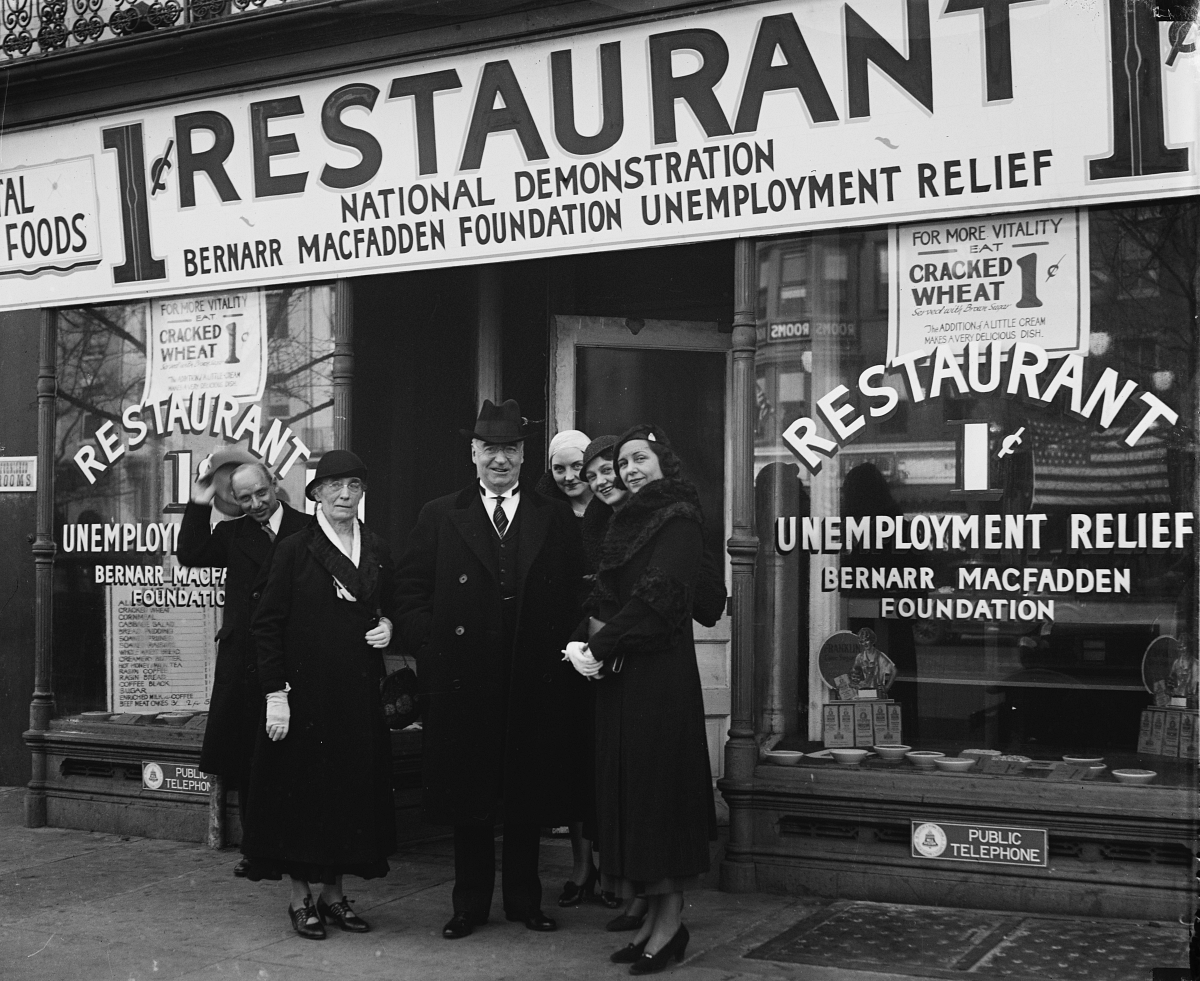A small meal during the 1930s, like the diners of the day often served, would have usually cost between 15 and 40 cents, depending on what you ordered and where the restaurant was located. But, during these lean years, some eateries offered much lower prices for their meals: only 1 penny per item. These penny restaurants were lifesavers for the indigent, many of whom had lost their jobs and even their homes due to downsizing, flooding, and the poor state of the economy after the Stock Market Crash of 1929.

One such restaurant was located at 107 West 44th Street in New York City. It had once been a bar, but prohibition and the dwindling disposable income of most Americans had forced the owners to shutter their business. Unlike other establishments, this penny restaurant only charged 1 cent per item. This meant that you could get a half pound of cooked potatoes and a cup of coffee for 2 cents.
Establishments like these had been around since the late 1800s, but made a comeback once the economy tanked. Places like these were once frequented by hobos and teens with little in the way of cash, but the prevalence of unemployed adults during the 1930s meant that everyday people were lining up to get some cheap food.

And line up they did. The 1 Cent Restaurant on 44th Street was run by the Bernarr MacFadden Foundation Unemployment Relief and could serve as many as 9,000 customers per day over 4 floors of space. Before Jack LaLanne or Charles Atlas Bernarr MacFadden was one of the first fitness and health superstars.
MacFadden proposed that a robust vegetarian diet, along with plenty of weightlifting- 2 fads which wouldn’t really catch on until many decades later. However, MacFadden saw the need for nutritious meals for the poor. His own personal experience with poor health (prior to his discovery of how diet and exercise could alter one’s health) led him towards advocating for nutrition for the masses regardless of income.

The fare was simple- much less refined than a full price restaurant. Plain potatoes, split pea soup with a slice of bread, and pork and beans were common menu items. You wouldn’t find much meat on most of these menus, but nevertheless these meals kept people fed for a price they could afford – all while preserving their dignity. There were instances though when a customer couldn’t pay even a penny and in those times the food was usually given out for free.

Unlike breadlines that made many people feel like they were receiving charity, these penny restaurants allowed people to feel like they were part of the community and were paying customers. Restaurants like MacFadden’s were in operation all over the country, either run by wealthy individuals or organized through charitable local groups.
Los Angeles restauranteur, Clifford Clinton, opened several such places, although the locals were not always happy about having so many indigent people hanging around for the free or cheap food. The effects of the New Deal took a few years to see results and the cheap and charitable restaurants of the early 1930s bridged the gap for thousands of people who would might have otherwise gone hungry.













